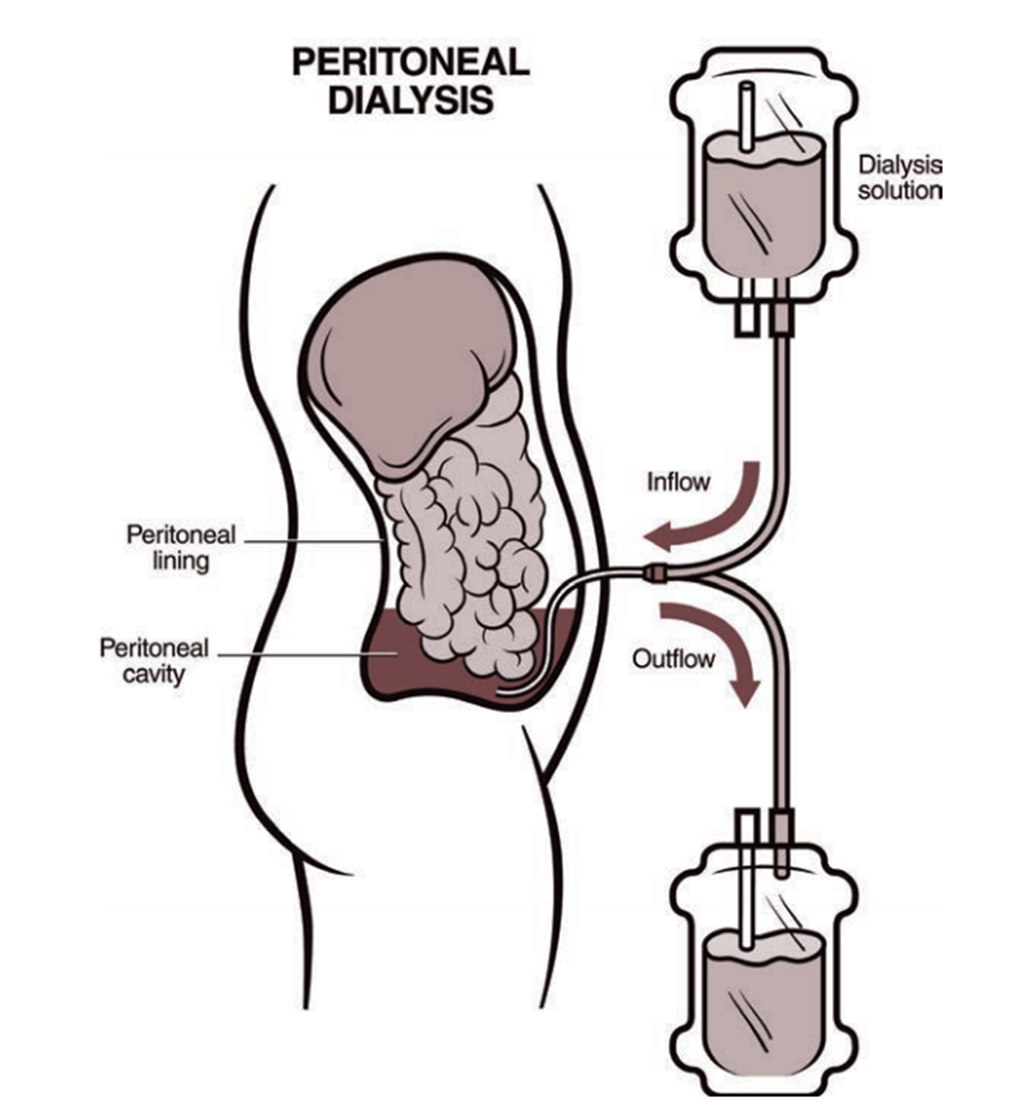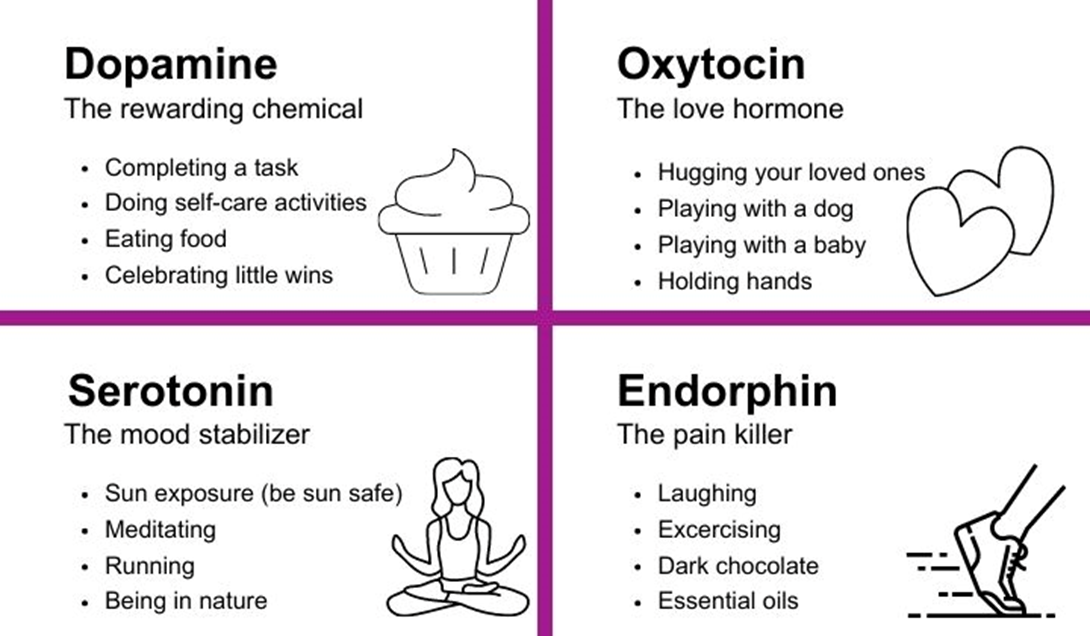A client is receiving continuous ambulatory peritoneal dialysis since the arteriovenous (AV) graft in the right arm is no longer available for use for hemodialysis. The client has lost weight, has increasing peripheral edema, and has a serum albumin level of 1.5 g/dL (15 g/L). Which intervention is the priority for the nurse to implement?
Serum Albumin Reference Range: 3.5 to 5.5 g/dL (35 to 55 g/L)
Recommend the use of support stockings to enhance venous return
Ensure the client receives frequent small meals containing complete proteins
Evaluate patency of the AV graft for resumption of hemodialysis
Instruct the client to continue to follow the prescribed rigid fluid restriction amounts
The Correct Answer is B
Choice A reason: Support stockings may help with peripheral edema, but they are not the priority intervention for this client. The client's low serum albumin level indicates malnutrition and increased risk of infection and poor wound healing.
Choice B reason: This is the correct answer because the client needs adequate protein intake to maintain serum albumin levels and prevent further complications. Complete proteins contain all nine essential amino acids that the body cannot synthesize and are found in animal sources such as meat, eggs, and dairy products.

Choice C reason: Evaluating patency of the AV graft is not the priority intervention for this client because the client is receiving peritoneal dialysis, not hemodialysis. The AV graft may be used in the future if peritoneal dialysis fails, but it is not an immediate concern.
Choice D reason: Instructing the client to follow fluid restriction amounts is important for peritoneal dialysis patients, but it is not the priority intervention for this client. The client's low serum albumin level indicates that fluid restriction alone is not sufficient to manage fluid balance and prevent edema.
Nursing Test Bank
Naxlex Comprehensive Predictor Exams
Related Questions
Correct Answer is C
Explanation
Choice A reason: Assessing pupillary response to light hourly is not related to dopamine administration. Dopamine does not affect the pupils or the cranial nerves that control them.
Choice B reason: Initiating seizure precautions is not necessary for a client receiving dopamine. Dopamine does not lower the seizure threshold or cause convulsions.
Choice C reason: Measuring urinary output every hour is an important intervention for a client receiving dopamine. Dopamine increases blood pressure and cardiac output, which improves renal perfusion and urine production. Urinary output is an indicator of the effectiveness of dopamine therapy and renal function.

Choice D reason: Monitoring serum potassium frequently is not directly related to dopamine administration. Dopamine does not affect potassium levels or cause hyperkalemia or hypokalemia. However, potassium levels may be affected by other factors such as fluid balance, renal function, and medications.
Correct Answer is B
Explanation
Choice B reason: assessing the DTRs of a pregnant client with an elevated blood pressure can help detect signs of preeclampsia, a serious complication of pregnancy that can cause seizures, organ damage, and fetal death. Preeclampsia can cause hyperreflexia, which is an exaggerated response of the DTRs.
Choice A reason: ankle edema is not a reliable indicator of preeclampsia and does not require assessing the DTRs. Ankle edema is a common finding in normal pregnancy due to increased blood volume and fluid retention.
Choice C reason: assessing the DTRs during admission to labor and delivery is not as important as assessing them if the client has an elevated blood pressure. Assessing the DTRs during admission to labor and delivery can help monitor the client's neurological status, but it is not a priority action.
Choice D reason: assessing the DTRs within the first trimester of pregnancy is not as important as assessing them if the client has an elevated blood pressure. Assessing the DTRs within the first trimester of pregnancy can help establish a baseline, but it is not a priority action.
Whether you are a student looking to ace your exams or a practicing nurse seeking to enhance your expertise , our nursing education contents will empower you with the confidence and competence to make a difference in the lives of patients and become a respected leader in the healthcare field.
Visit Naxlex, invest in your future and unlock endless possibilities with our unparalleled nursing education contents today
Report Wrong Answer on the Current Question
Do you disagree with the answer? If yes, what is your expected answer? Explain.
Kindly be descriptive with the issue you are facing.
